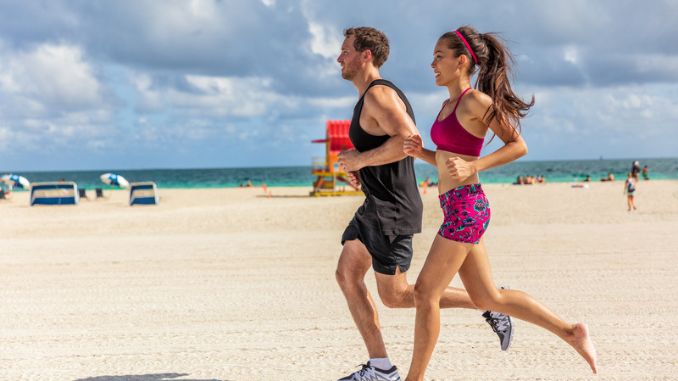There are as many opinions regarding the use of shoes during exercise as there are brands of exercise shoes. Some trainers believe you must wear shoes to protect your feet, while others think it’s best to go barefoot for better balance and proprioception.
Which is correct?
The answer depends on what type of exercise you’re doing and your personal preferences.
You’ll get a flood of answers if you Google, “Should I wear shoes when working out?“. Some trainers will say it is essential to wear shoes, while others suggest wearing barefoot or socks. Both sides offer valid points that ultimately come down to personal preference. So, let’s explore both arguments to determine which option is right for you.
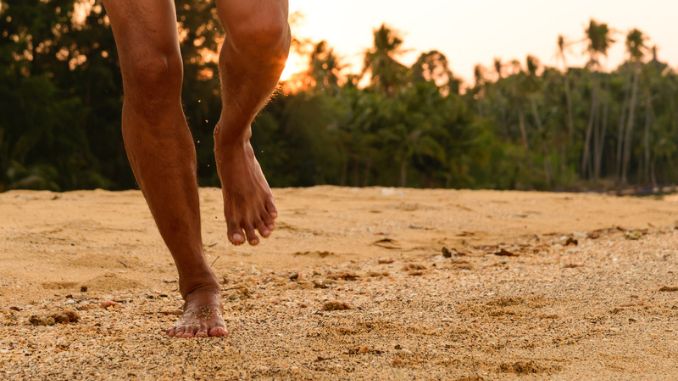
Wearing Shoes While Exercising
Many factors can influence your comfort level while working out, including weight, body shape, and muscle strength. But footwear is one of the most important factors. While some people prefer wearing sneakers or other athletic shoes while working out or going for a walk, others prefer to go barefoot or even wear socks to feel more natural and relaxed. It may not be 100% comfortable when working out barefoot all the time, so you can increase your comfort level and decrease the risk of injury by choosing the right footwear.
When deciding what type of shoe to wear during your workout, there is a lot to consider. The main factor is your comfort level. The most common cause of foot pain during exercise is plantar fasciitis. Perhaps unsurprisingly, the risk of injury increases as the duration of exercise increases (for example, the longer you walk in a shoe, the higher your risk will be). The material and fit of your shoes can also affect your experience. If you have sensitive skin, avoid materials like leather, which are more likely to irritate you. Instead, choose artificial materials like canvas or mesh.
If you are new to working out and want to start slowly, choosing more flexible and lightweight shoes may be advisable. Finally, ensure that the shoes fit well so that there is no rubbing or pinching of the feet.
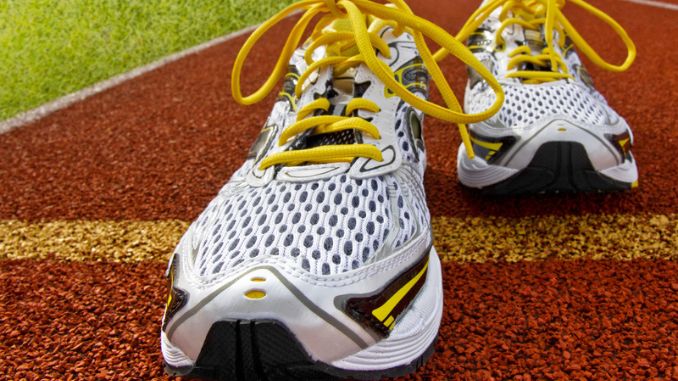
The Trend of Barefoot Shoes
Many people love going barefoot, but only some feel safe enough to do it in public. Special shoes are made just for those who enjoy being barefoot but don’t feel safe going without footwear.
Barefoot shoes are footwear with no added cushioning and are typically made from natural and soft materials like cork, rubber, soft-sponge polyurethane, canvas, suede, or mesh. Runners, hikers, and people with plantar fasciitis (an inflammation of the bottom of the foot) often wear these shoes. Some barefoot shoes have a heel lift to help your feet feel more balanced.
There are a few styles of barefoot shoes, each designed to suit different needs and activities. Although many runners wear them for comfort and to reduce injuries, almost everyone can wear barefoot shoes for almost any activity.
Advantages:
Barefoot shoes provide many benefits for athletes and non-athletes.
- Barefoot shoes allow for a more natural running experience that reduces stress on the feet, ankles, knees, and hips.
- Barefoot shoes provide more comfort over time as the foot develops a better sense of touch and proprioception.
- Wearing barefoot shoes during exercise can improve performance by reducing fatigue, reducing impact forces, and improving balance.
- Walking in barefoot shoes is better for stimulating the release of endorphins, which can reduce stress, boost mood, and encourage a positive outlook on life.
The main disadvantage of wearing barefoot shoes during exercise is that they do not provide the same level of protection as regular footwear. However, several products offer similar levels of protection but with a lower impact on the feet.
People who have trouble with pronation (rolling inward) may find barefoot shoes fit better than insoles. Many people feel connected to the earth when they walk barefoot, which may encourage healthy foot habits. Other people just like the way shoes look and feel. Some people are concerned about hygiene. They say barefoot shoes are better for the environment because they don’t use fossil fuels in manufacturing.
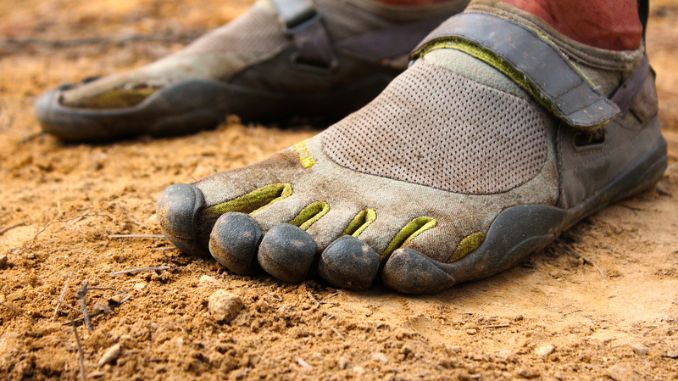
Not Wearing Shoes During Exercise
One of the great advantages of being barefoot is that there are no small spaces between your toes, which can cause problems if you have to walk on hard surfaces. Furthermore, your foot’s nerve endings are close to each other, making them more sensitive and reactive to any stimulus.
If you want to be more agile, try going barefoot. You might also notice that your muscles relax and become more supple when you walk or run barefoot. An extra few inches of flexibility can significantly affect your agility and coordination.
Other benefits of barefoot walking include reduced inflammation and improved blood flow. It also helps to release endorphins, which can reduce stress. Walking barefoot, you will be more aware of your surroundings and less likely to trip over objects. It will certainly help you avoid dangerous situations.
Lastly, walking barefoot allows your feet to naturally sweat out excess moisture that can dull your senses and slow down your pace. By sweating out excess moisture, you can feel yourself walking more clearly and judge the distance left to traverse more accurately.
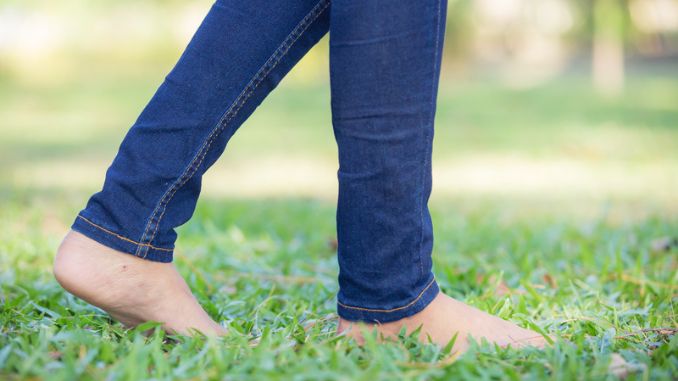
Advantages:
Benefits come with not wearing shoes during exercise.
- By not wearing shoes during exercise, you give your feet a chance to adapt to the changes in gait.
- You can also feel how your feet are doing and adjust your training accordingly.
- Not wearing shoes gives you better awareness of the environment. You get a better sense of the ground beneath your feet and learn how to move most comfortably.
- There are no moistened surfaces or rough areas to rub against when walking or running barefoot. This makes you feel more connected to the ground and gives you better support than when wearing shoes.
- Not wearing shoes during exercise gives your feet much-needed rest time.
- Not wearing shoes makes it easier to switch to barefoot running because it feels more natural.
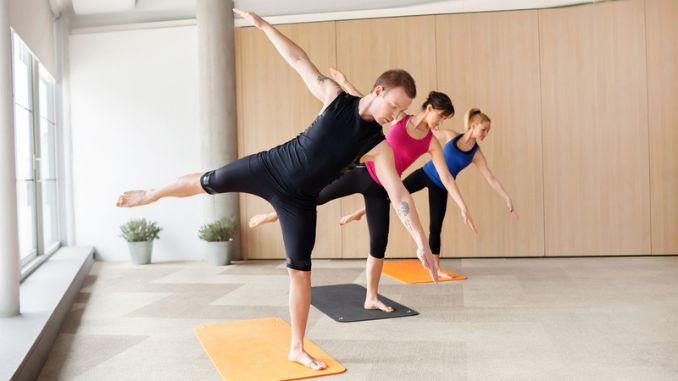
Fun Fact: Princess Diana Once Ran a Race Barefoot!
Certain schools in New Zealand strictly enforce barefoot PE classes for their students. It was thought to be out of respect for their culture or ethnicity, as they do not wear footwear at home.
Princess Diana of Wales competed in a race against other parents at a sports day at Wetherby School in 1991. Princess Diana was running barefoot, demonstrating her competitiveness and athleticism. According to sources in the British press, Prince Harry also competed in a sack race against other kids.
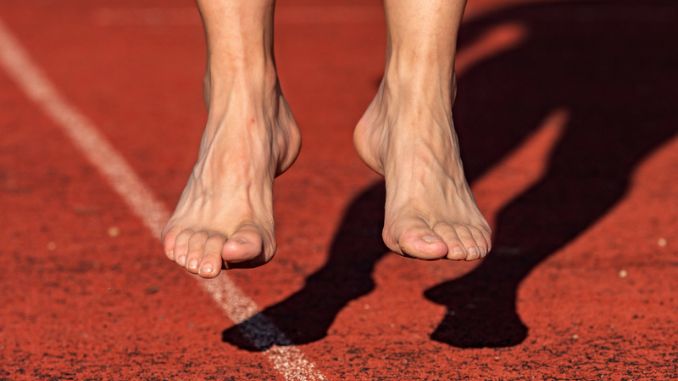
Special or Customized Footwear
An unusual foot or leg can be physically uncomfortable and create many issues. Your footwear should match your size, shape, and activity level to ensure the most comfortable fit possible.
Different types of foot conditions affect people differently. For example, some people have extra-high arches or flat feet, while others may have weak ankles that cause toe cramps or pain when walking. These conditions require different types of shoes for optimal comfort and support.
Special or customized footwear is designed to correct a medical or physical condition, such as flat feet, bunions, or corns. Customized or MTO (made-to-order) shoes are specifically designed with the correct orthotic inserts. You can purchase these shoes without a prescription, though some require a doctor’s approval.
If you have a shoe-related ailment, consult your doctor to determine the best action and type of footwear for you. Visit a podiatrist first to ensure they will work for your needs and are safe to use.
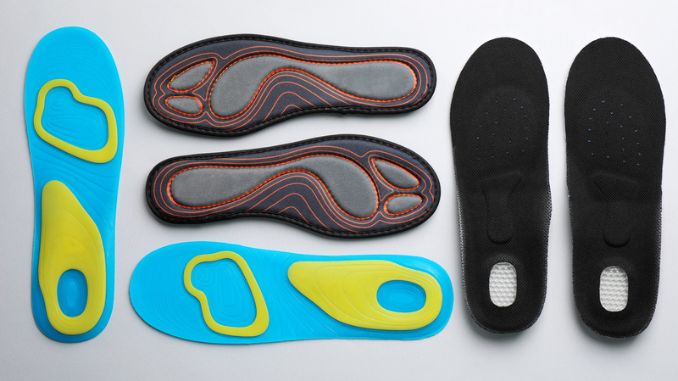
So, Which is Better?
Most people will agree that shoes are unnecessary for exercise or other physical activity. While many types of footwear are available, from high-tech running shoes to sneakers, some people prefer to go barefoot or in socks.
But which type of shoe is best for exercising?
The answer depends on your personal preferences and goals.
- If you want the most freedom of movement possible and the ability to feel your feet, choose footwear without much cushioning.
- If you want protection and comfort but don’t plan on doing a lot of lateral movements, look for shoes with more cushioning and a solid sole.
- If you want to run a little while wearing your shoes, look for shoes with a little cushioning but a hard tread.
- If you feel that wearing shoes while working out is causing you pain or putting undue stress on your feet, you should consider removing them.
